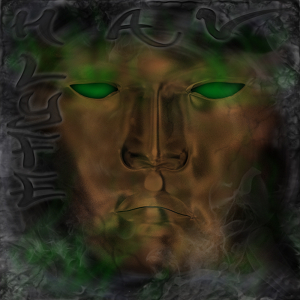Hav Lyfe Hav Lyfe
The last year has seen a proliferation of producers making squashed, dirt-encrusted beats, taking after […]

The last year has seen a proliferation of producers making squashed, dirt-encrusted beats, taking after artists on labels like Werk Discs and Leaving Records. There is little to connect this wide swath of projects, but it’s clear that the equal-opportunity distribution of the internet has played a major role. One-offs appear every day, often via obscurely titled, warped-VHS YouTube clips or Tumblr-distributed ZIP files, though certain new labels are beginning to help cultivate these sounds with official releases. Opal Tapes, for example, has introduced editions by an array of new names, and although its bpms run from disordered hip-hop to speedy techno, they’re underlined by that underlying interest in noise, compression, and degradation. The Sonic Router blog started a label arm last year, and while the site is primarily known for its coverage of bass music, the self-titled debut LP by Hav Lyfe finds it dipping its toes into this contemporary beat scene.
To put it bluntly, most of Hav Lyfe’s tracks are not extremely complex, nor are they particularly original. They are generally loopy sketches of splintery tones, some virtually beatless, others with scattered, offbeat drums, and always punctuated with erratic sidechain compression. A recent analog might be found in Sweden’s 1991, who has released for Opal Tapes, or Lukid, whose work the halted step and clipped vocal yelp of “Wraplyf 2” immediately recalls. On “Ocean Terrace,” the producer laces a sluggishly tumbling beat with elliptical arpeggios and corroded atmospherics, while the distorted, synthetic-vocal-infused “Mond” sounds influenced by Actress’ more brooding moments. In spite of the record’s homespun charm, this soundalike tendency will ultimately divide Hav Lyfe’s listeners. Its brief pieces are hazy and oneiric, but offer little to distinguish him from his myriad of contemporaries. Album closer “Wristgame,” however, offers a potential path forward for the producer, though it is markedly less accessible than its predecessors. On the track, Hav Lyfe ensnares his burrowing loop in a digital tangle, sporadically decimating and repositioning it. His approach leans toward concrète, and is considerably more engaging than the prevailing beat-tape approach. Then again, there is nothing wrong with a beat tape. While a bit half-baked, Hav Lyfe makes a reasonable argument for the continuation of the trend toward crusty lopsidedness.

